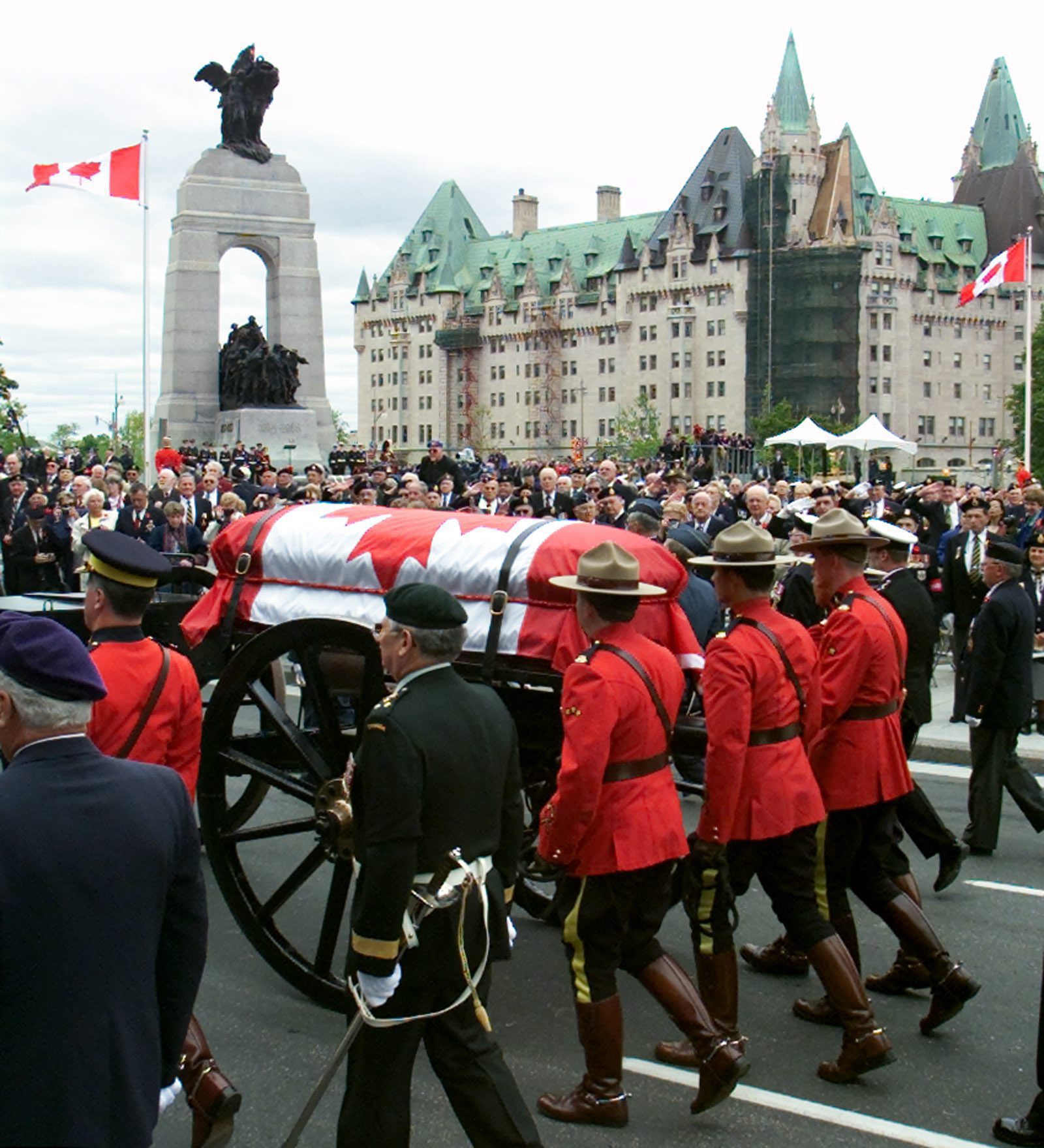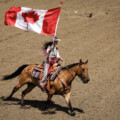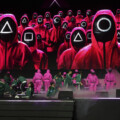The Great War, as it was known at the time, ended in an armistice at 11 a.m. on Nov. 11, 1918. The bloody conflict had killed millions with its industrialized warfare, and people everywhere mourned, many choosing November 11 as the date to mark the conflict’s losses.
But not in Canada. The Armistice Day Act of May 1921 linked the war’s commemoration with Thanksgiving Day, and the two events were first held together on Nov. 7, 1921. Veterans were unhappy, seeing the link to Thanksgiving as more for serving the commercial interests of business rather than a solemn meditation on war and loss.
Small gatherings to mark armistice day continued nonetheless, and veterans’ organizations began to press for that date from 1925 onwards, when the Canadian Legion urged Parliament to establish national commemorations on November 11th. Finally, in 1931, Canada’s Parliament agreed, giving that date its present designation of “Remembrance Day.
The day’s events now commemorate all those men and women who failed to return home from the nation’s wars and peacekeeping missions–the killed, the missing, and those who died from wounds (including those who succumbed in Canada after their wartime service). To some substantial extent, however, Remembrance Day (now expanded to “Remembrance Week” and used by Veteran Affairs Canada and the media to remind the public of Canada’s wartime efforts) honours all those who served the nation in wartime or in peace missions, an alteration in Remembrance Day’s original intent, but perhaps an understandable one.
Canada’s centrepiece ceremony is always held at the National War Memorial in Ottawa’s Confederation Square, where the weather can be frigid, snowy, rainy, or mild. It features the Governor General, the prime minister, other senior politicians, leaders of the Royal Canadian Legion, clerics, veterans, serving members of the military, frequently cadets from the Royal Military College, members of the diplomatic corps, children’s choirs, benedictions, and a two-minute silence at 11 a.m.
Weather permitting, there is usually a fly past, sometimes of a Second World War Spitfire or Lancaster or present Royal Canadian Air Force fighter jets. Wreaths are laid on the Memorial by the Governor General, the Silver Cross Mother, the politicians, diplomats, organizations, and individuals, and the event concludes with a march past reviewed by the Governor General and cheered by the large crowds.
Similar services of commemoration take place across the country in front of city or town cenotaphs, thankfully with large attendance now the norm.
It was not always this way. In the early 1990s, attendance at Remembrance Day services dwindled to a few thousand. However, the fiftieth anniversaries of D-Day in 1994 and of V-E Day in 1995, marked by the CBC in days-long coverage from Britain, France, and the Netherlands, renewed interest in the men and women who served Canada and fought for freedom.
I provided commentary for the CBC on these events. In Holland, especially the Dutch showed that they remembered the horrors of the Nazi occupation, along with what the Canadians had done at high cost of lives in freeing them from tyranny. This must have resonated with Canadians watching at home, for the Canadian crowds, wearing their red poppy over their hearts, grew in number, and they have remained large every November 11th since.

The casket of the Unknown Soldier is escorted by the Royal Canadian Mounted Police, on a Second World War-era horse-drawn gunship carriage, to be placed in the Tomb of the Unknown Soldier below the National War memorial (left) during a military funeral in Ottawa Sunday May 28, 2000. Tom Hanson/The Canadian Press.
The poppy is the individual’s preferred mark of remembrance. Written on May 3, 1915, near Ypres, Belgium, after the terrible losses of Canadian troops in the first gas attacks of the Great War, then-Major John McCrae’s poem that began “In Flanders fields the poppies blow/Between the crosses, row on row” is a Canadian invention that captured global attention and soon made the poppy the symbol of remembrance. Wearing poppies originated in New York City in November 1918, secured recognition from the American Legion in 1920, spread to France soon after, and then to Britain in 1921.
That same year the Great War Veterans Association, the precursor of the Royal Canadian Legion, endorsed the wearing of poppies made by French women and children at Remembrance Day ceremonies. The next year disabled Canadian veterans took over the making of poppies, a practice that continued until 1996 when the legion engaged a private firm to do the work. It must be remembered that poppies are not sold, but voluntary donations are welcomed.
Certainly, wearing the poppy remains the public’s preferred way of supporting Remembrance Day. But to my mind, the greatest expression of sentiment came not on November 11th but on May 28, 2000, when the Tomb of the Unknown Soldier was unveiled in front of the National War Memorial in Ottawa.
I was the director and CEO of the Canadian War Museum at this time, and the museum had been consulted on the tomb’s design elements. At the same time, I was commenting on the ceremony for CBC TV.
Watching from the TV booth, I was astonished at the end of the service when many of the 20,000 attending the ceremony spontaneously took off the poppies that they had acquired for the day and quietly placed them on the tomb.
In mere moments, it seemed, a carpet of red covered the granite sarcophagus. Canadians have continued to do this every Remembrance Day since then, and I am certain that this same significant act of remembrance will occur today in Ottawa and at cenotaphs around our nation. Canadians remember and so they should, so they must.










